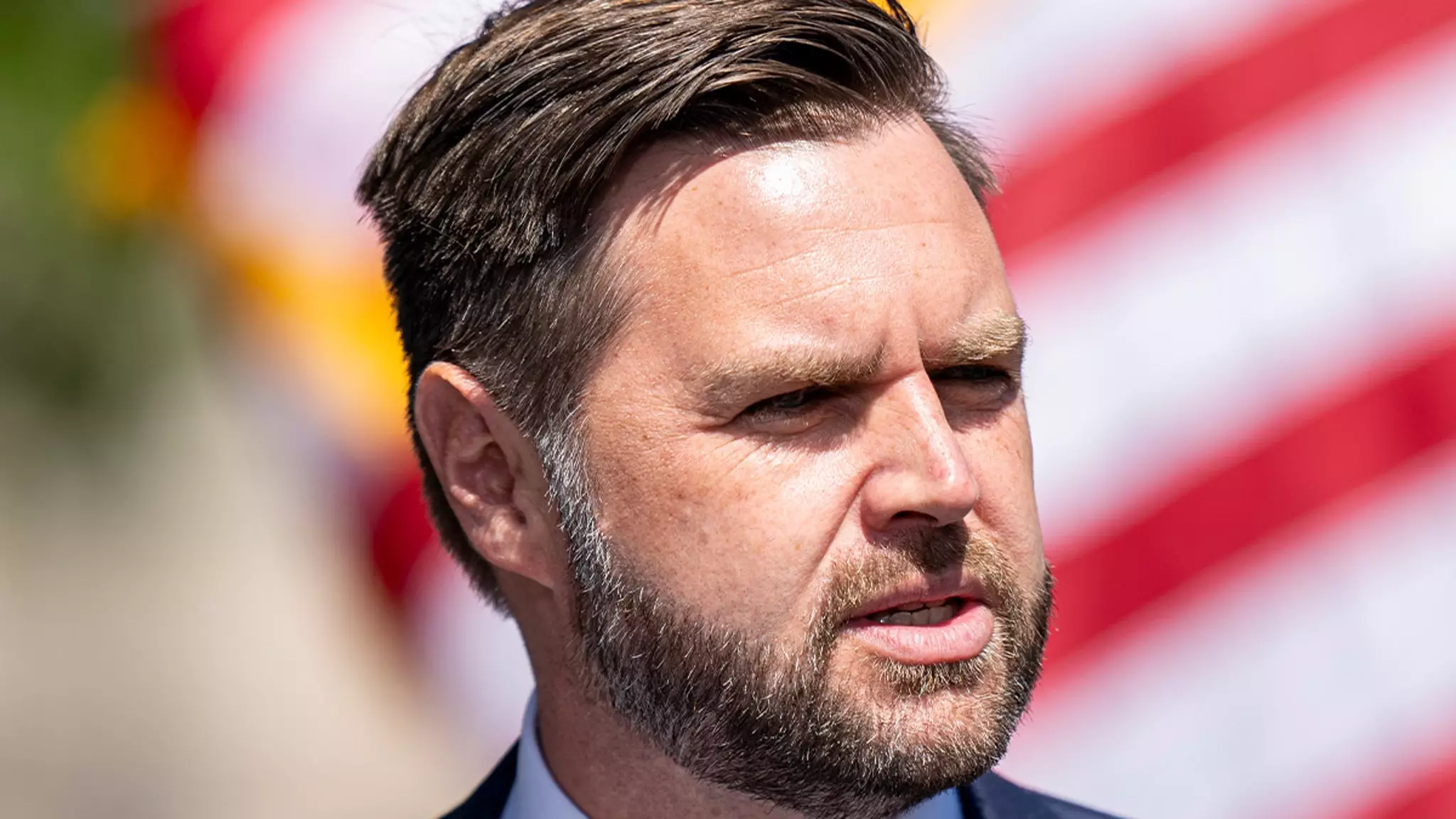In a striking display of public discontent, J.D. Vance found himself the target of booing as he arrived at the Kennedy Center on a Thursday night, an incident that starkly highlights the widening chasm in American cultural and political landscapes. Amidst the pomp and grandeur associated with the National Symphony Orchestra and its storied venue, the air was thick with the palpable tension of a nation grappling with its identity. Vance, seated with his wife, faced jeers from attendees who seemingly had no qualms about voicing their disdain. The outburst, which lasted around 30 seconds, stands as a microcosm of the escalating conflicts fueled by partisan politics, illuminating how cultural spaces have increasingly become battlegrounds for ideological warfare.
Trump’s Controversial Chairmanship and Its Ramifications
The heart of the matter lies in Donald Trump’s recent appointment as chairman of the Kennedy Center, a move that has stirred controversy and unrest within the arts community. Trump’s self-appointment was heralded by his intentions to “make sure that it’s good and it’s not going to be woke,” a phrase loaded with political implications that resonate deeply in today’s polarized climate. Criticism of ‘wokeness’ has become a rallying cry for some, but it also serves to alienate those who value artistic expression and diversity in programming. His admission of never having attended a show at the Kennedy Center amplifies concerns about his ability to oversee an institution that, for decades, has been a beacon of cultural enlightenment.
The Unravelling of the Arts Community
The swift changes initiated by Trump, including the dismissal of long-standing leaders and board members, have rattled the foundation of the Kennedy Center and brought into focus the art community’s fragility in the current political climate. The replaceable nature of leadership, especially in such a prestigious institution, signals a broader trend where creative expression is closely intertwined with political influence. High-profile figures like Issa Rae, who canceled her sold-out shows, and Shonda Rhimes, who resigned in protest, spotlight the growing discontent among artists who have historically driven cultural discourse. Their withdrawal from the Kennedy Center can be viewed as an even more significant blow to the morale of a sector that thrives on inclusivity and innovation.
A New Era of Artistic Expression?
While these upheavals might appear detrimental, they also open the door for a recalibration of what the Kennedy Center represents in the collective consciousness. The backlash against the emerging leadership is a clarion call for artists, audiences, and advocates to rally around a vision of art as a unifying force. The underlying question may not just be about who occupies high offices within cultural institutions but about their willingness to embrace a diverse tapestry of voices. This tumultuous moment may serve as a catalyst for artists to challenge the narrative and redefine what it means to engage with the arts in an era marked by competing ideologies.
As the clash continues, the Kennedy Center finds itself at a crossroads, straddling the line between tradition and the transformative power of artistic expression. How this narrative unfolds remains to be seen, but the ongoing dialogue reveals an undeniable truth: art, in its essence, is political, and the fight for its integrity is far from over.

Leave a Reply